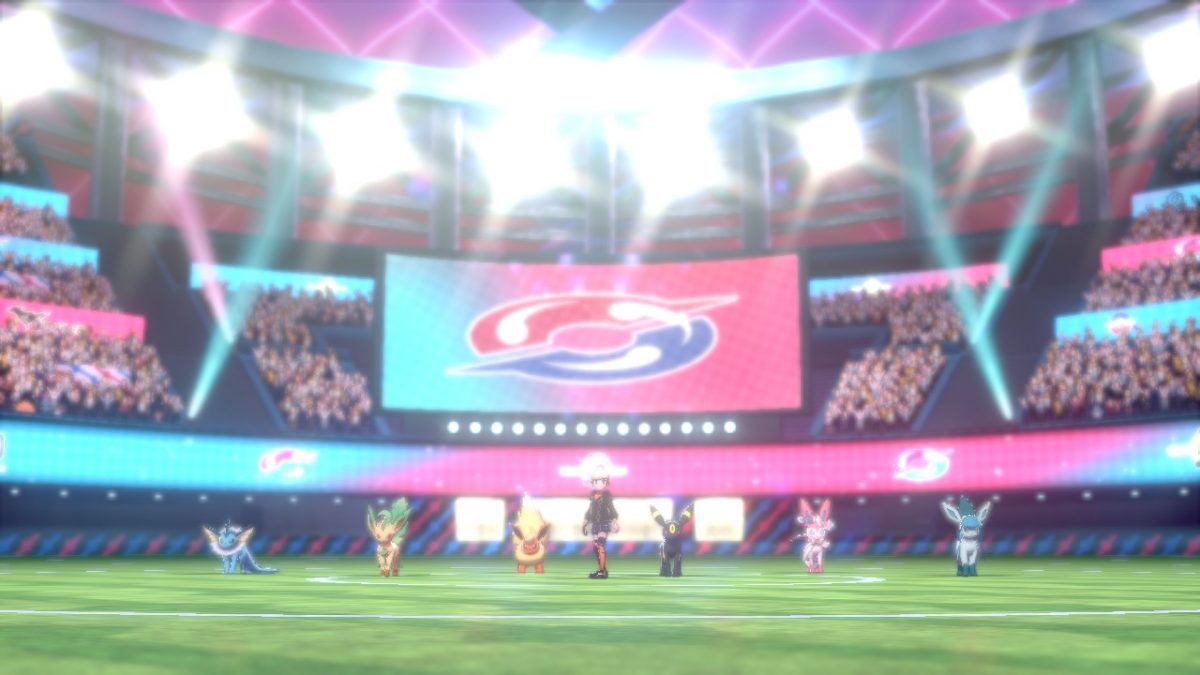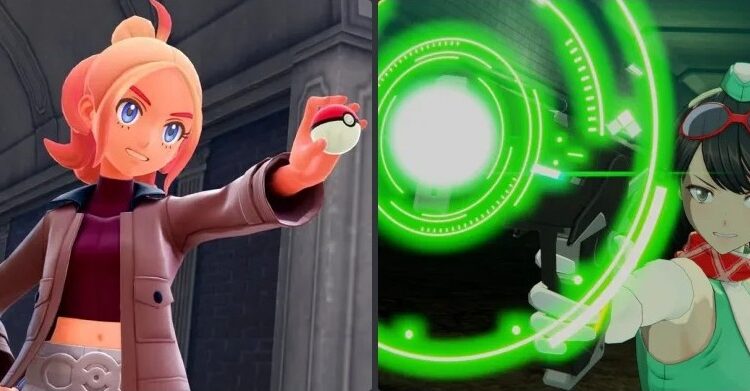How does Pokémon Sword and Shield improve on the Pokémon experience I was first introduced to with Pokémon Red and Blue? Quite a bit more than you’d expect, given the angry multitudes online raving over the lack of the National Pokédex, meaning not every Pokémon ever released is available in these eighth generation games. All I’ll say on the issue is that if you’re a fan who isn’t getting the game based solely on the National ‘Dex issue, try to be open-minded about the game going forward, because it improves a lot.
As I played Pokémon Sword, I will be referring exclusively to that version from here on.
Pokémon Sword is the first full generation Pokémon game released on the Nintendo Switch. Game Freak has delivered a game with a number of improvements, but as often happens, additions can lead to subtractions. In an interview with Polygon, Junichi Masada makes it clear that delivering new game ideas was a priority.
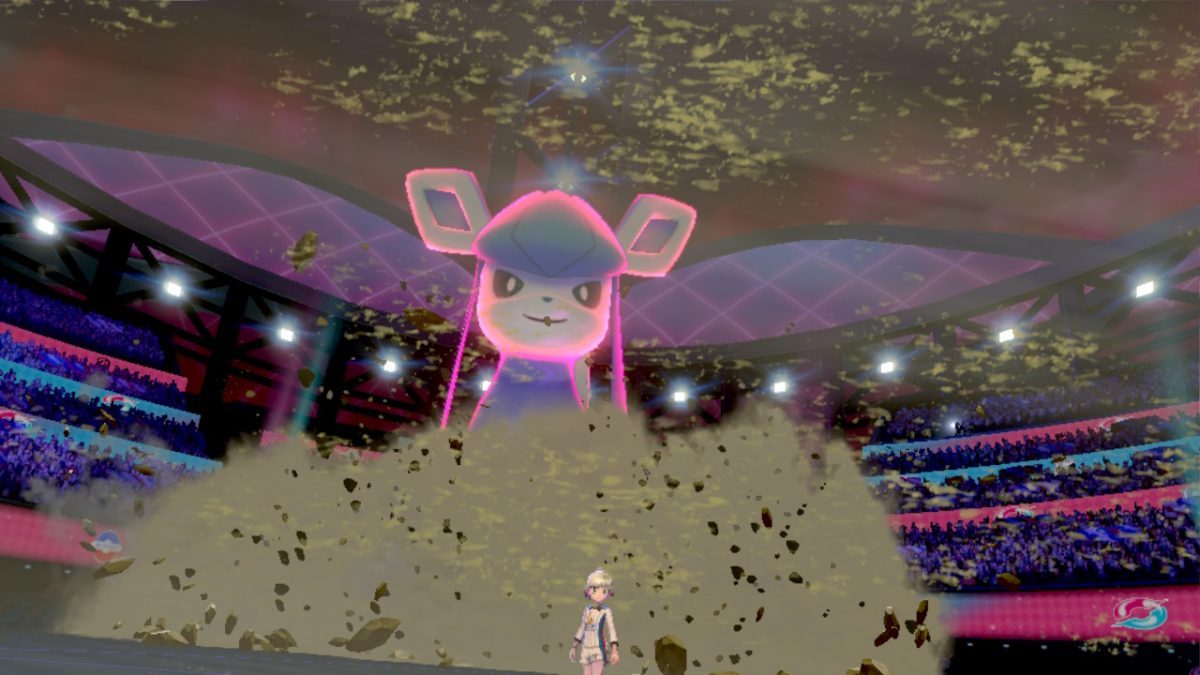
One of the biggest immediate gameplay changes in Pokémon Sword is how HMs and TMs work. For a long time, Hidden Machines have operated as story gates, requiring the player to get a gym badge and teach a Pokémon an ability to proceed on the world map. No longer. As Pokémon moves, many HMs have been turned into Technical Machines, which are now reusable, or into one of the new Technical Records, which are single-use, like the classic TMs were. They aren’t used on the field anymore. Unlike Pokémon Sun and Moon though, which had summoned Pokémon, Pokémon Sword does away with obstacles like boulders or waterfalls altogether. The utility from Fly has been replaced by a flying taxi cab service accessible directly from the Town Map. Crossing over water is done with an upgrade of the bicycle.
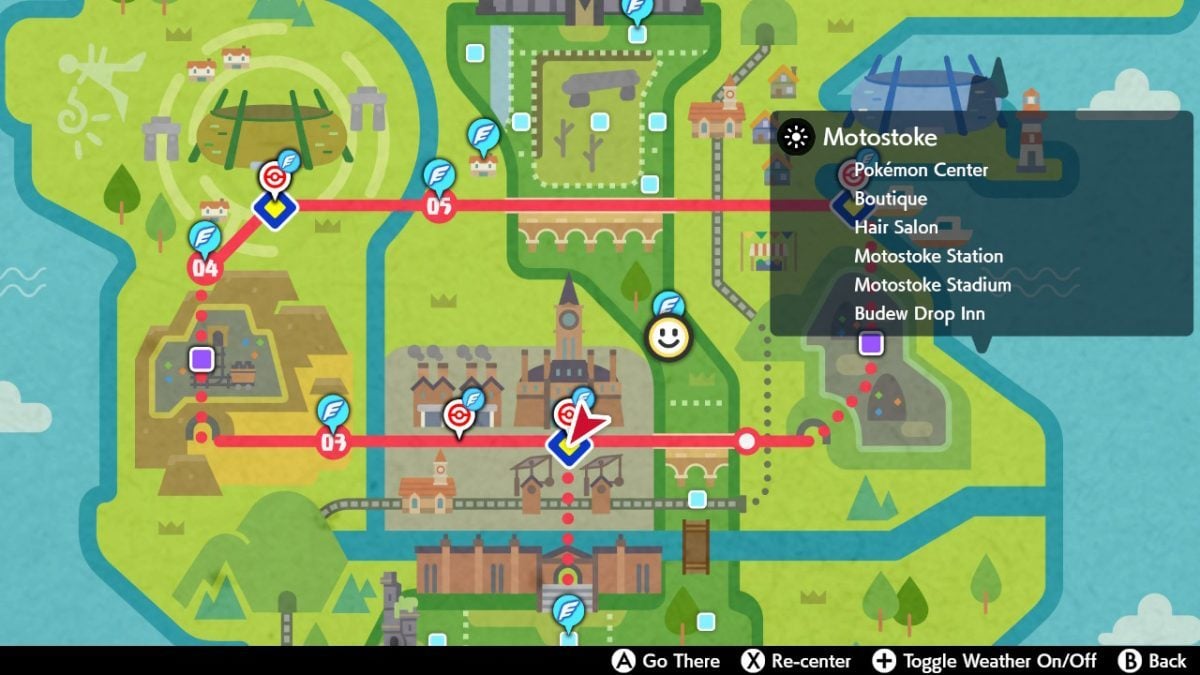
This is a great change. Not having to keep utility HM moves around makes playing Pokémon Sword feel better. For a while now the Pokémon games have had gated areas with a variety of things like crowds of Pokémon or NPCs who won’t allow you to progress anyway. Having obstacles that needed you to use Pokémon actions were redundant.
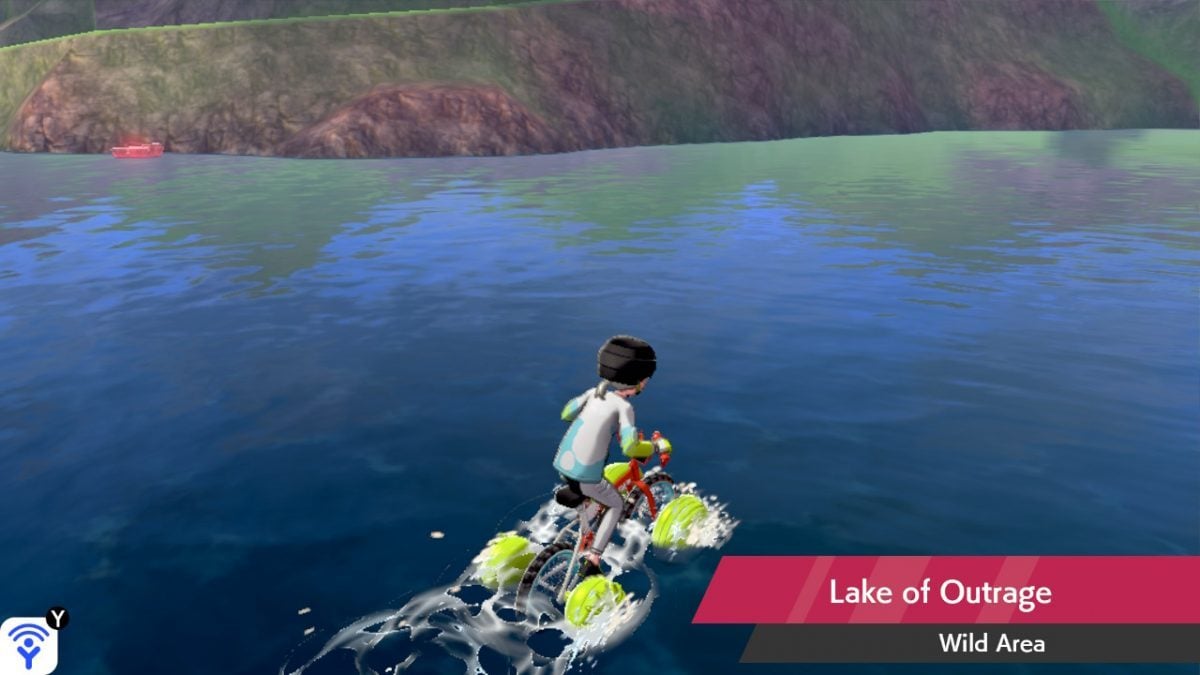
Anyone who missed Pokémon Let’s Go, Pikachu! and Pokémon Let’s Go, Eevee! won’t have experienced another quality of life upgrade, the Pokémon Box Link. You can bring out new Pokémon anywhere — except during Gym Challenges — a feature that lets you choose any Pokémon for the Wild Area Dynamax fights where you fight wild giant Pokémon. Since the giant Pokémon are deadlier than normal, it’s nice to be able to fight them with a ‘mon of your choice.
The Wild Area, in general, is pretty fun. It’s a giant space filled with different biomes where you can find wild Pokémon, though many are too high level for you to catch when you first arrive there. You can do bike time trials in the Wild Area, find lots of hidden items, and buy TRs with a special currency. It’s disappointing that there aren’t trainer battles in the Wild Area though, because it’s clear that the size, and variety of the Wild Area contributed to the routes being smaller than normal. Trainer battles as a whole are rarer than in previous games, and most trainers have very few Pokémon, just one or two, even later in the game. I can’t remember a single trainer outside the rivals, or gym leaders, who had five, or six.
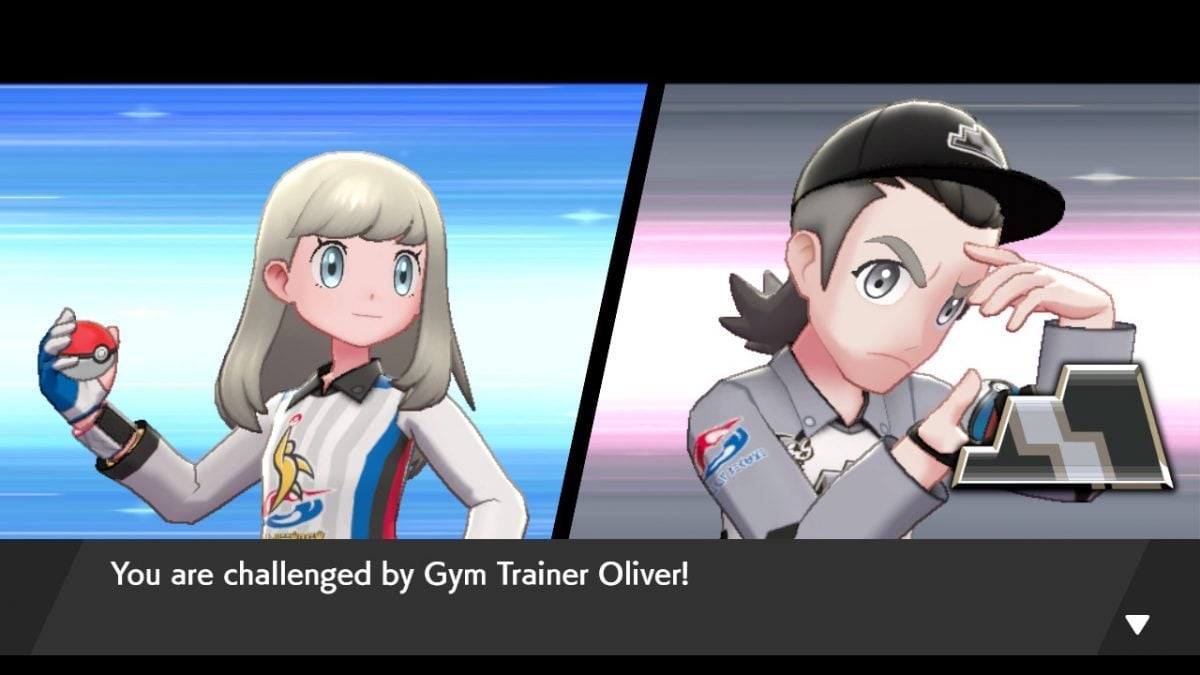
The Pokémon gyms are fun, with neat little puzzles that sometimes use three-dimensions well. Some, like the Fairy gym, may as well not have a ‘puzzle’, which in its case takes the form of a quiz that is delivered during your trainer battles.
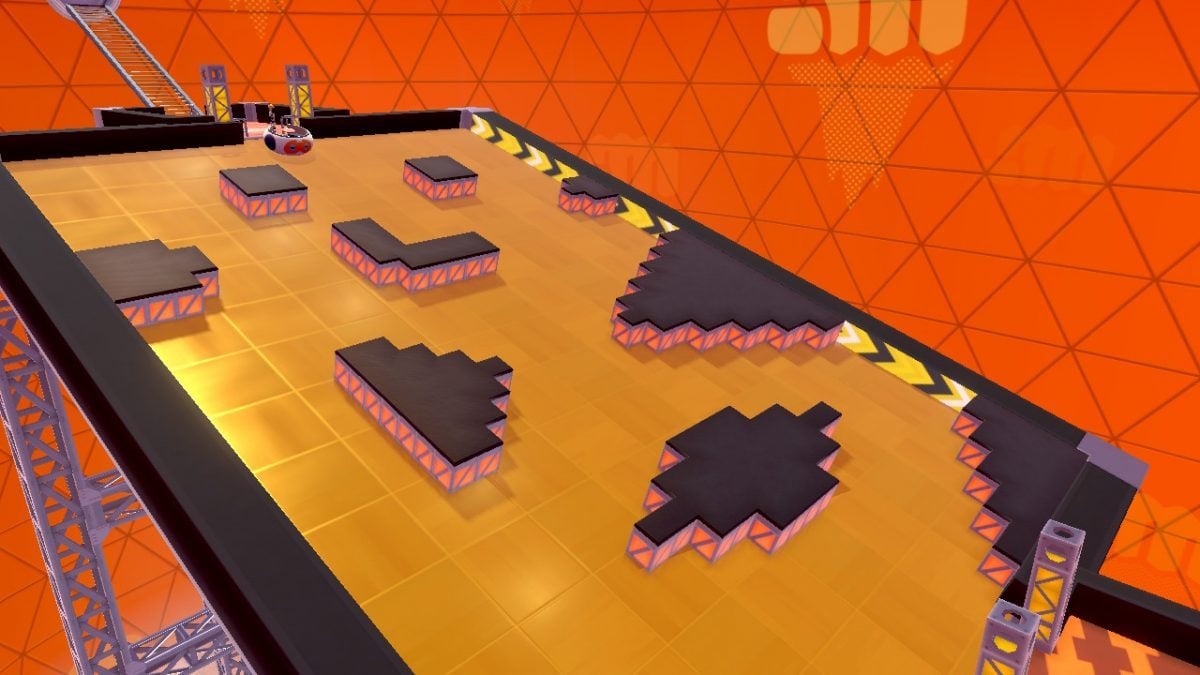
While Pokémon Sword still feels simpler than the older games, with lots of item handouts, and shared party experience, there’s only one egregious mechanic that feels dumb, and frustrating: Pokémon capture level restrictions. You cannot capture Pokémon above a certain level, decided by your gym badge. This starts at twenty-five with your first badge, and tends to go up by five per badge.
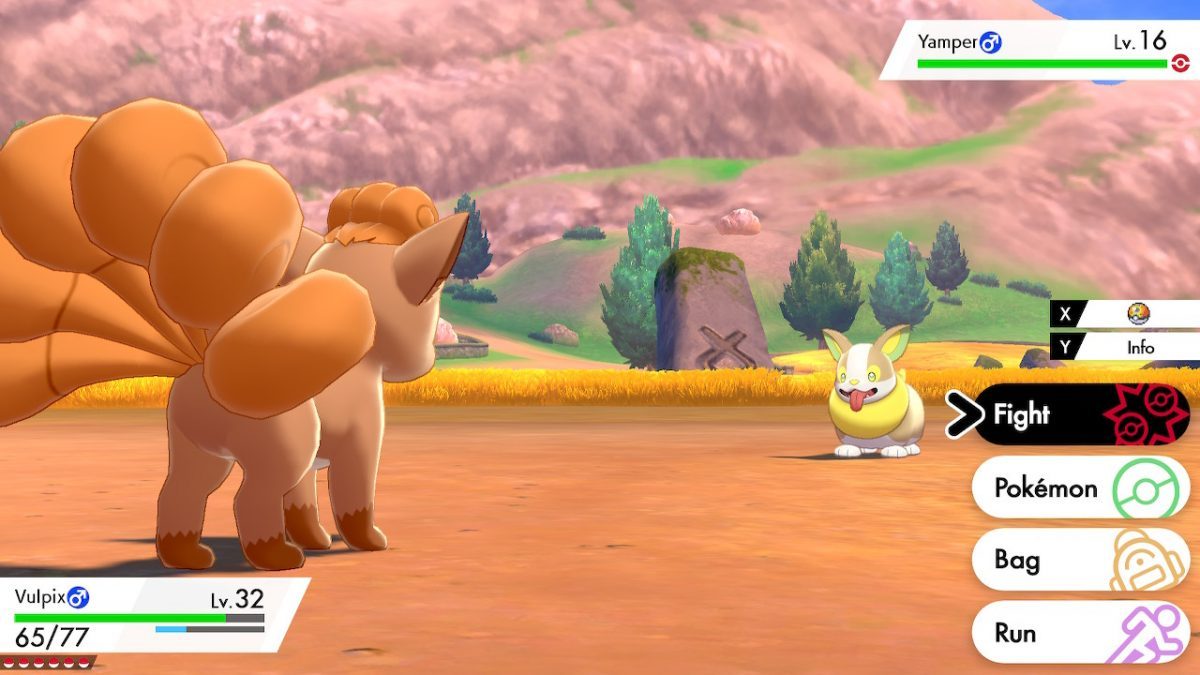
My favorite addition to the series was the way Pokémon battles were presented as major phenomenon — taking place in large football-style stadiums, and aired on television — to the point where the final battles are set up as a single-elimination tournament. This brought the feel of the Pokémon anime to Pokémon Sword in a way no other game has achieved. Sadly, it’s a mere taste of what it could have been. The qualification tournament is small, and so is the gauntlet to get to the Champion afterward. You battle people you’ve fought before, like your rival and some gym leaders. Worse, there’s no Victory Road before the tournament, cutting out a major source of late-game Trainer battles from previous titles.
Pokémon Sword is less tedious than many recent titles, and has a taste of the epic scale Pokémon Championships have in the anime. It has unrealized potential, but is still fun to play.
